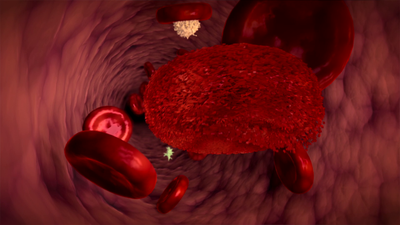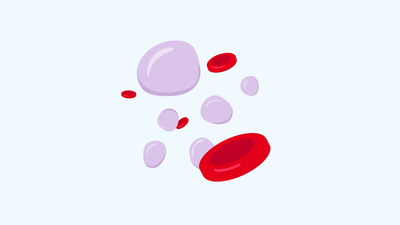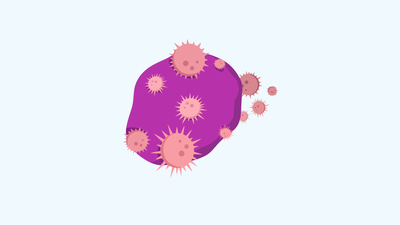Thalassemia
Thalassemia is an inherited blood disorder. It is passed from parents to children.
Thalassemia is an inherited blood disorder. It is passed from parents to children. A person with this disorder will not be able to produce the required quantities of a protein called hemoglobin. Hemoglobin is the central component of the red blood cells and without this key protein, there will be a significant reduction in red blood cells. Without the red blood cells, the oxygen distribution to all parts of the body is greatly affected. As a consequence, this leads to life-threatening complications. In India, every year 10,000 children are being born with thalassemia, which approximately accounts for 10% of the total world incidence of thalassemia-affected children. Due to thalassemia at least 1,00,000 people die before even turning 20, every year. With over 42 million carriers, India is known as the thalassemia capital of the world.
Causes
Thalassemia is caused by the mutations in the regions of DNA that are responsible for the creation of hemoglobin. Hemoglobin molecules have alpha and beta chains called that can be affected by mutations. The production of either the alpha or beta chains is reduced, thus resulting in either alpha-thalassemia or beta-thalassemia. In alpha-thalassemia, the severity of thalassemia depends on the number of gene mutations that are inherited from parents. Thus, it becomes proportional i.e., the more mutated genes, the more severe is the thalassemia. In beta-thalassemia, the severity of thalassemia depends on which part of the hemoglobin molecule is affected. If only one of the parents is a carrier for thalassemia, then the child may develop a form of the disease known as thalassemia minor. If this occurs, then there probably won’t be any symptoms, but the child may be a carrier. Some people with thalassemia minor do develop minor symptoms. If both the parents are carriers of thalassemia, then there is a greater chance of inheriting a more serious form of the disease known as thalassemia major.
Symptoms
Due to the reduction in Hemoglobin production, the most obvious symptom would be anemia resulting in an insufficient number of red blood cells. Few more obvious symptoms would include fatigue and weakness due to the reduction in the circulation of oxygen. There are several types of thalassemia. Other signs and symptoms depend on the type and severity of the condition. Pale skin, facial bone deformities, slow growth, abdominal swelling and dark-colored urine might be observed in many cases. Some babies show signs and symptoms of thalassemia at birth while others might develop them during the first two years of life.
Treatment
The treatment for thalassemia depends on the type and severity of the disease involved. Blood transfusions are the most common type of treatment for thalassemia. People who receive blood transfusions tend to accumulate extra iron that the body can’t easily get rid of. Iron can build up in tissues, which can be potentially fatal. In these cases, vitamins or supplements containing iron must be consumed periodically. Chelation therapy will also be effective as this generally involves receiving an injection of a chemical that binds with iron and other heavy metals. It helps in removing extra iron from your body. The most effective treatment though would be a stem cell transplant which can give a new lease of life for the patient.


